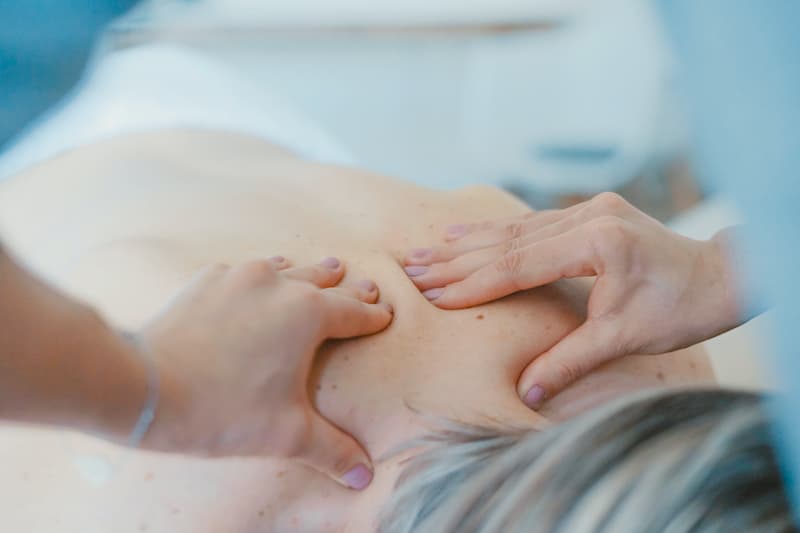Which type of massage is right for me?
March 12, 2020
There are three common types of massage therapy all having various benefits. Our massage and myo-therapist explains the differences.
Relaxation massage
Is a type of massage that uses gentle, flowing techniques that helps to de-stress the client. The pressure I apply could be soft or deep pressure but not painful. If you have a really stressful day or week relaxation massage may the good one for you.
Remedial Massage
Remedial massage usually focuses on a musculoskeletal disorder or chronic pain. I perform an assessment and muscle tests before giving treatment to the client. I may utilise trigger point technique, joint mobilization, a myofascial technique to help client musculoskeletal problems.
Sport Massage
Sports massage can be preventative or restorative. Preventative is usually given before a sports event, utilise flowing, a rapid technique to warm up the muscle, release muscle tension and increase blood circulation. Where post-event aimed to flush out toxins, lactic acid on the muscle and help to speed up the recovery and injury prevention.
Want to find out what is right for you? Give us a call on 02 9884 8758 at or book online.



 Photo by Ash Wood on Unsplash
Photo by Ash Wood on Unsplash